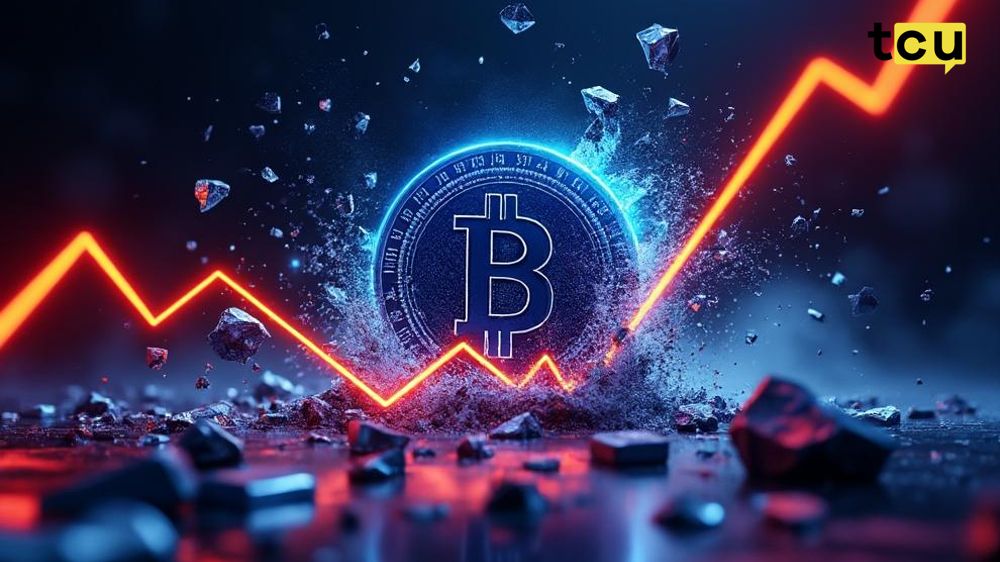Trade Pause Prevents Further Tensions, Yet U.S.-China Technology Dispute Remains Unsettled
- U.S. and China announce "Busan Truce" at APEC summit, agreeing to cut tariffs, stabilize supply chains, and resume U.S. agricultural exports to China. - Tech tensions persist as U.S. maintains AI chip export bans on China, while China suspends investigations into U.S. semiconductor firms. - Global markets rise on trade optimism, but analysts warn past agreements like 2020's Phase One deal have failed due to noncompliance and geopolitical friction. - U.S. farmers gain short-term relief with China pledging
At the Asia-Pacific Economic Cooperation (APEC) summit in Gyeongju, South Korea, leaders wrapped up their meeting with cautious hope following the announcement of a temporary trade ceasefire by U.S. President Donald Trump and Chinese President Xi Jinping. This arrangement, referred to as the "Busan Truce," represents a notable easing in the ongoing trade dispute between the U.S. and China. Both countries have agreed to lower tariffs and work towards stabilizing supply chains, as reported by an

After Trump’s early exit from the summit, Xi Jinping took the spotlight, reaffirming China’s support for multilateral cooperation and open global trade, according to
Despite the progress, disputes over technology and semiconductors remain unresolved. Jensen Huang, CEO of Nvidia, whose company is still prohibited from selling advanced AI chips to China, expressed doubts about whether the summit would help his business regain access to the Chinese market, as reported by
Financial markets responded favorably, with stocks and commodities climbing on expectations of more stable trade, as noted by STL News. The agreement also includes steps to address fentanyl trafficking, with China promising tighter regulation of precursor chemicals, Cryptopolitan reported. However, experts warn that the longevity of the deal is uncertain. Previous U.S.-China trade agreements, like the 2020 Phase One deal, have stumbled due to lack of compliance and ongoing political tensions. North Korea’s strong criticism of South Korea’s denuclearization talks with China highlights the region’s ongoing sensitivities, U.S. News reported.
For American farmers, especially those in the Midwest, the pact offers vital support after years of export disruptions. China’s pledge to buy 12 million metric tons of soybeans this year and 25 million annually through 2028 could bring significant revenue to rural communities, Cryptopolitan reported. The energy and manufacturing industries are also set to gain from reduced input costs and eased rare-earth restrictions, though details on enforcement remain unclear, according to STL News.
Although the Busan Truce provides short-term relief, deeper issues remain. Both countries are under internal pressure to maintain firm positions on matters such as Taiwan and intellectual property. A joint committee will be established to monitor compliance, but its effectiveness is still in question, STL News noted. For now, the truce offers a fragile but much-needed pause in a rivalry that has influenced global trade for many years.
Disclaimer: The content of this article solely reflects the author's opinion and does not represent the platform in any capacity. This article is not intended to serve as a reference for making investment decisions.
You may also like
XRP News Today: XRP Eyes $2.72 Breakout While Holding $2.43 as Key Support
- XRP trades at $2.51, forming a descending triangle pattern with key support at $2.30 and resistance at $2.72 Fibonacci level. - ETF optimism and $200M on-chain buying signal renewed retail/institutional interest, mirroring 2017 bull market dynamics. - Ripple's Nov 1 XRP unlock (2.5B value) and re-lock strategy will test market confidence amid macroeconomic uncertainties. - Institutional adoption and real-world use cases could drive XRP toward $3 if it breaks above $2.70 resistance zone.

Ethereum News Update: 11 Security Reviews, $128 Million Gone—The DeFi Audit Dilemma Unveiled
- StakeWise DAO recovered 5,041 osETH and 13,495 osGNO from Balancer's $128M exploit, partially addressing the breach. - Attackers exploited token invariant math in V2 Composable Stable Pools despite 11 audits by top firms since 2021. - The breach spread across Ethereum, Base, Polygon, and Arbitrum, with Ethereum suffering most losses. - StakeWise's success highlights partial asset recovery potential but underscores DeFi's vulnerability to invariant manipulation attacks. - Industry faces audit paradox as 2

Ethena USDe market cap drops 40% after October crash

XRP News Today: Ripple Establishes Wall Street Connection for Digital Assets as RLUSD Exceeds $1 Billion
- Ripple Labs launched Ripple Prime, a Wall Street-style OTC brokerage for institutional crypto trading, alongside RLUSD's $1B market cap milestone. - The platform enables cross-margining between XRP/RLUSD and traditional assets, addressing liquidity gaps via Ripple's custody and payments infrastructure. - XRP now serves as a core institutional asset for hedging and financing, bridging traditional portfolios with digital markets through compliance-focused infrastructure. - This hybrid model aims to reshape
